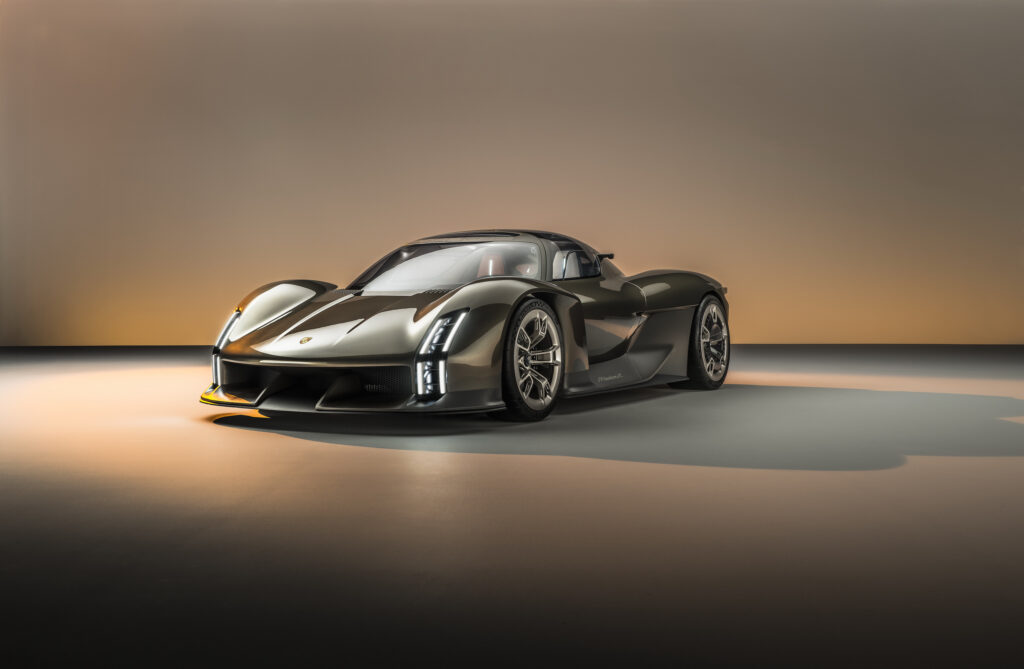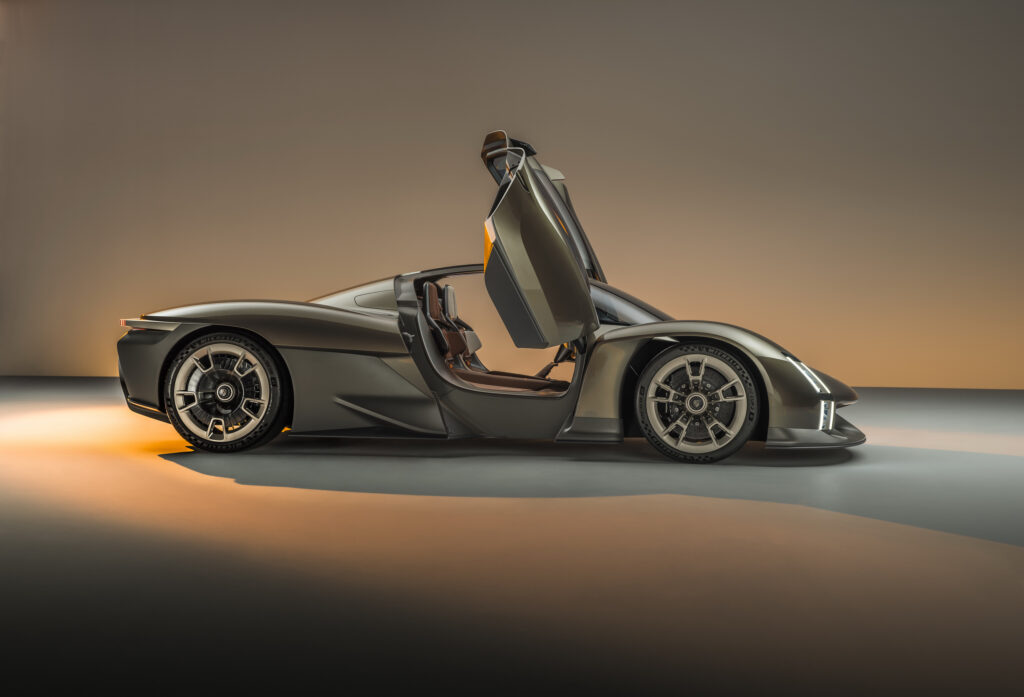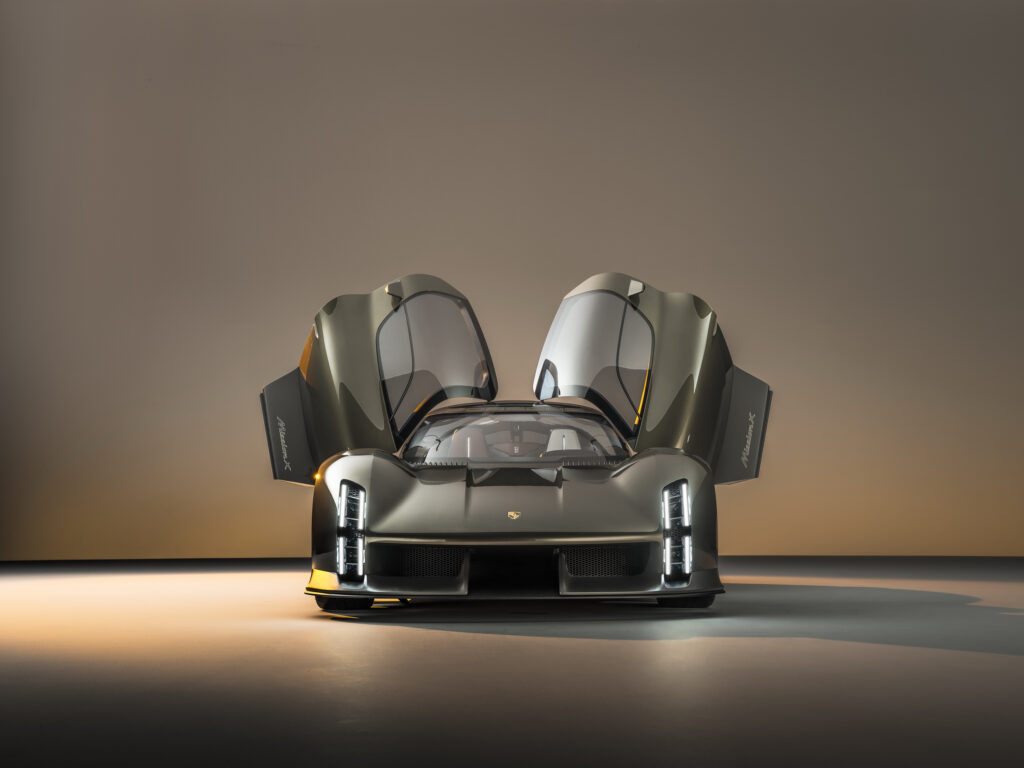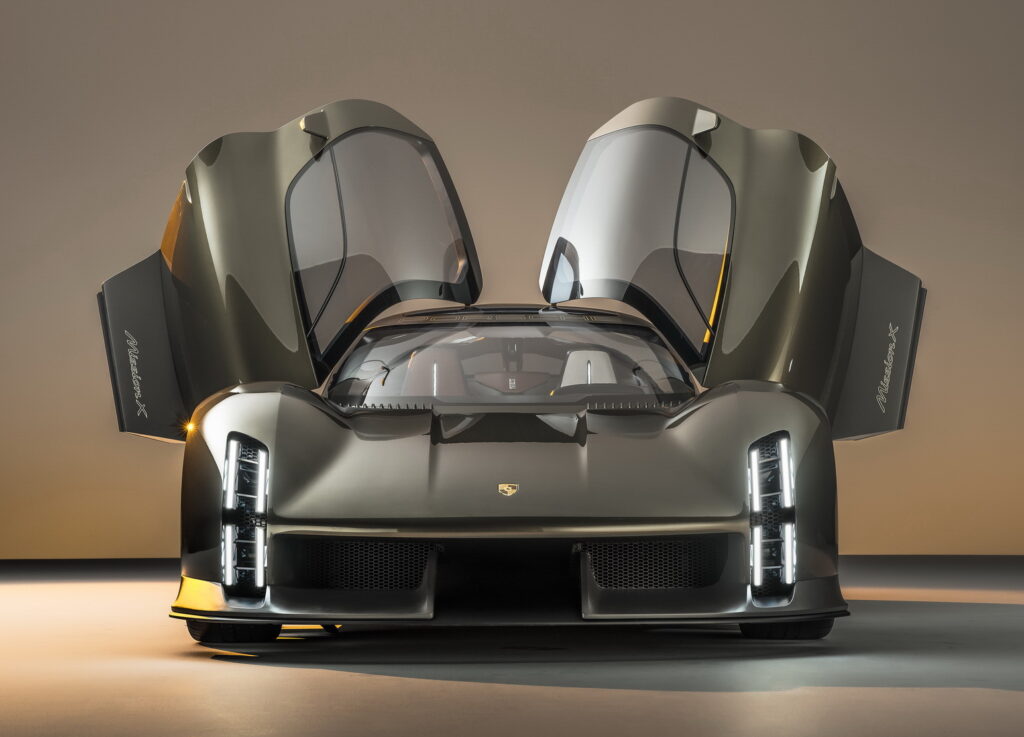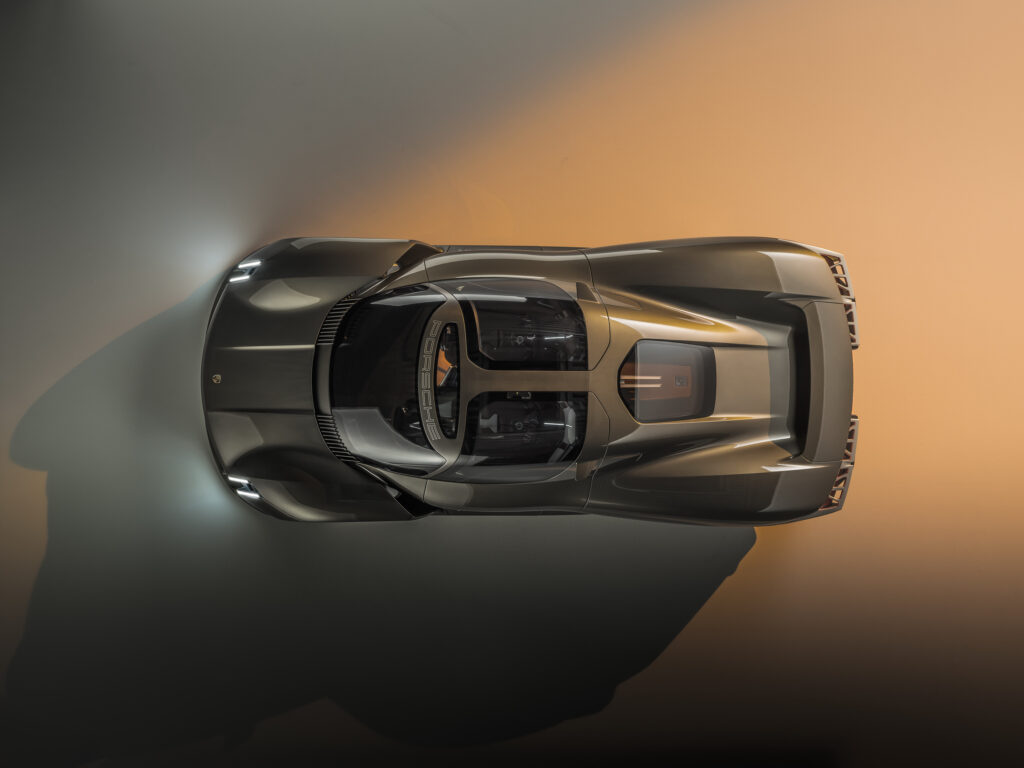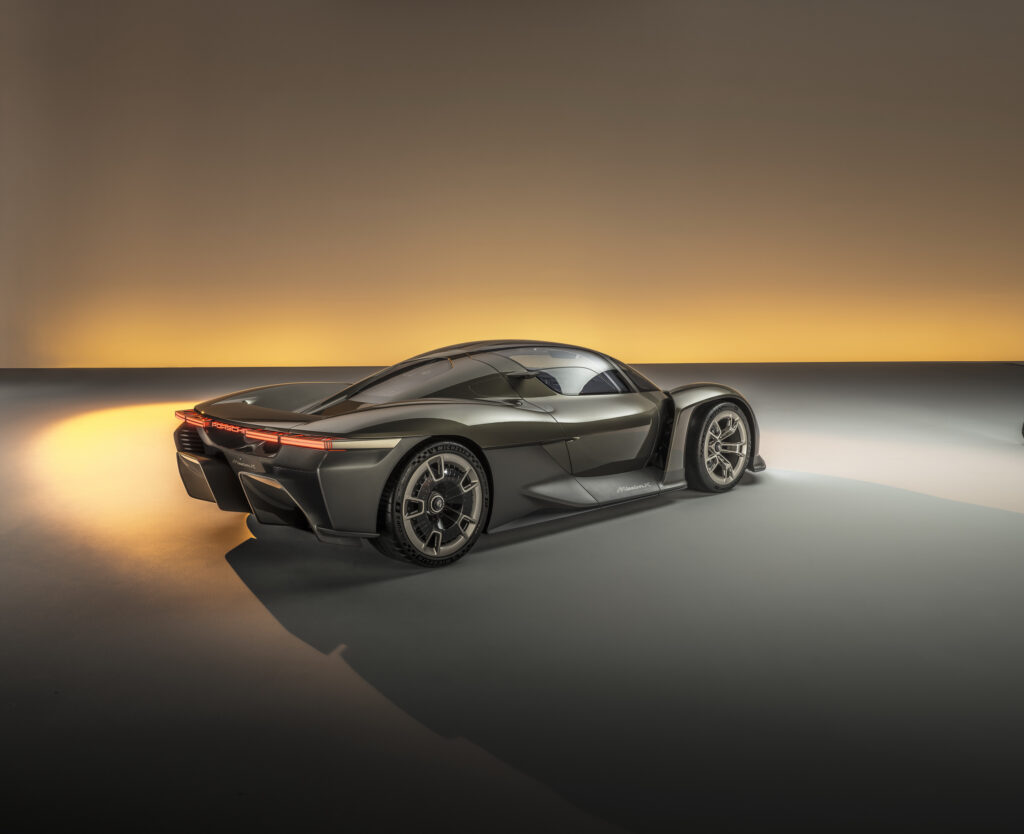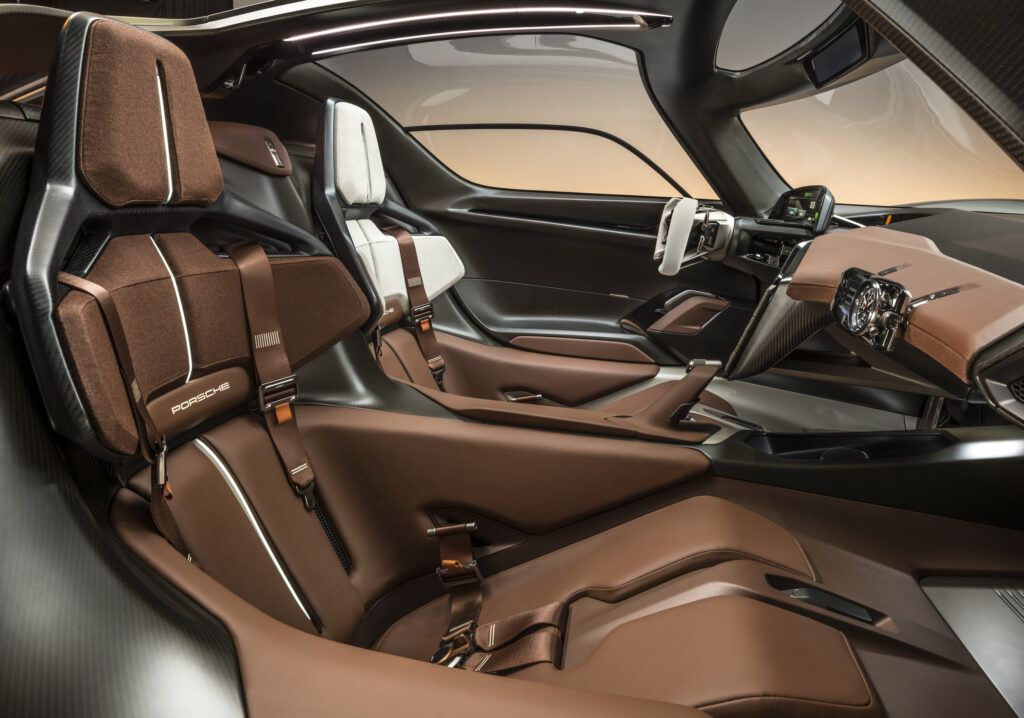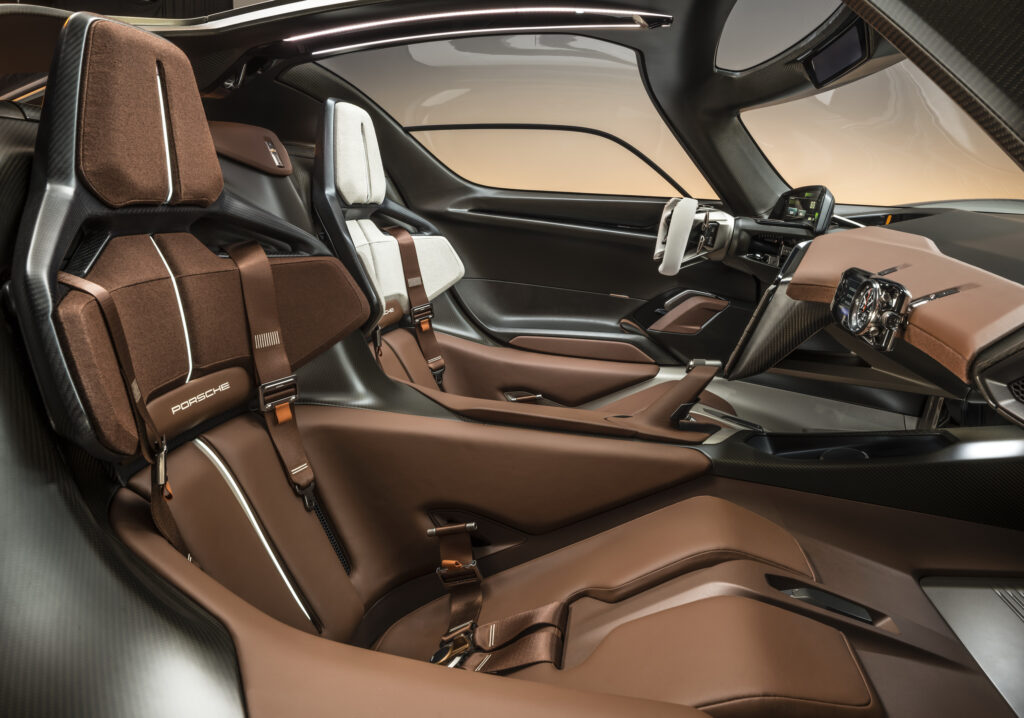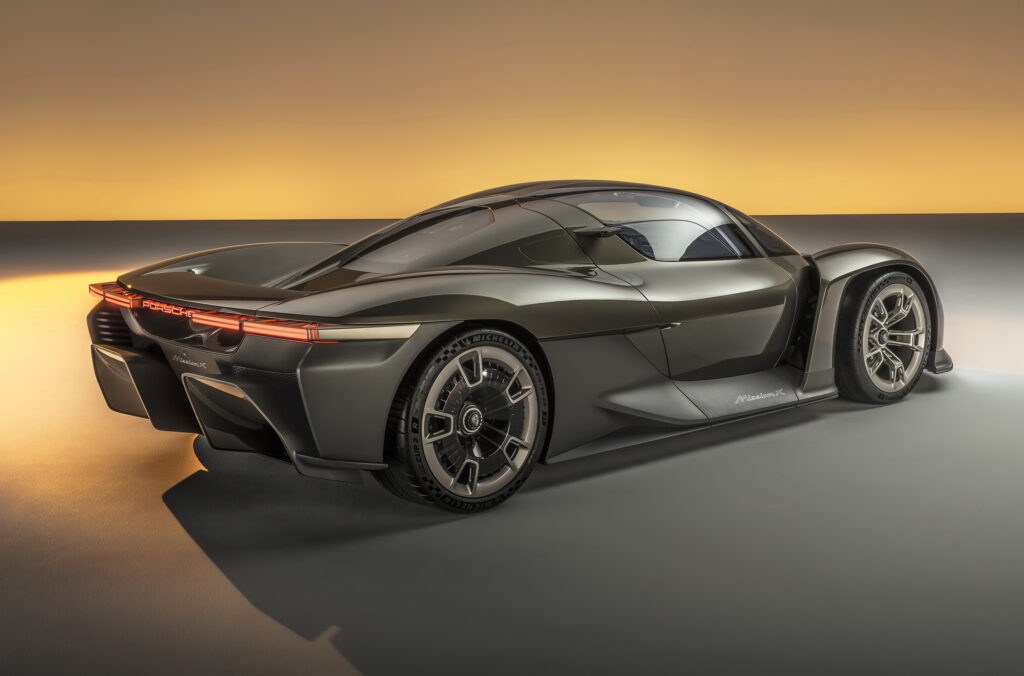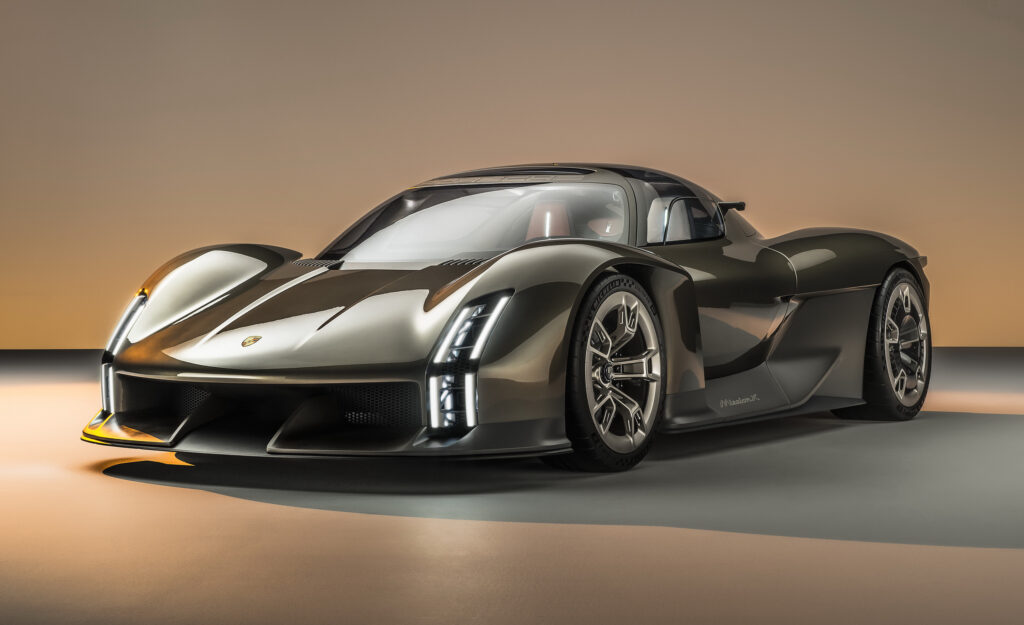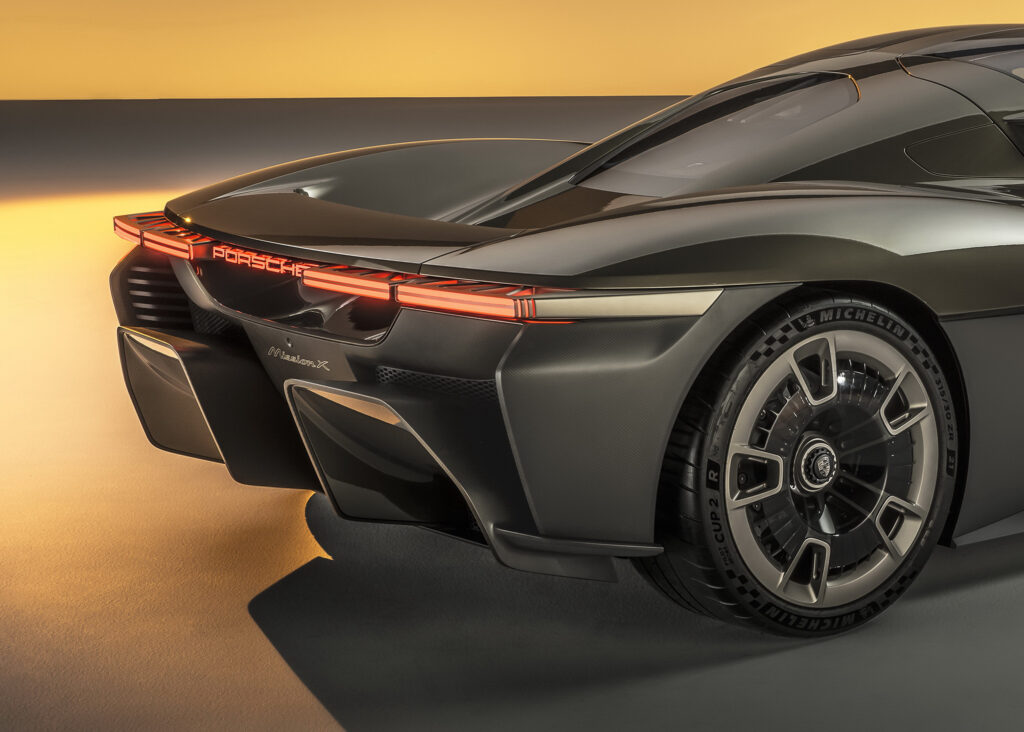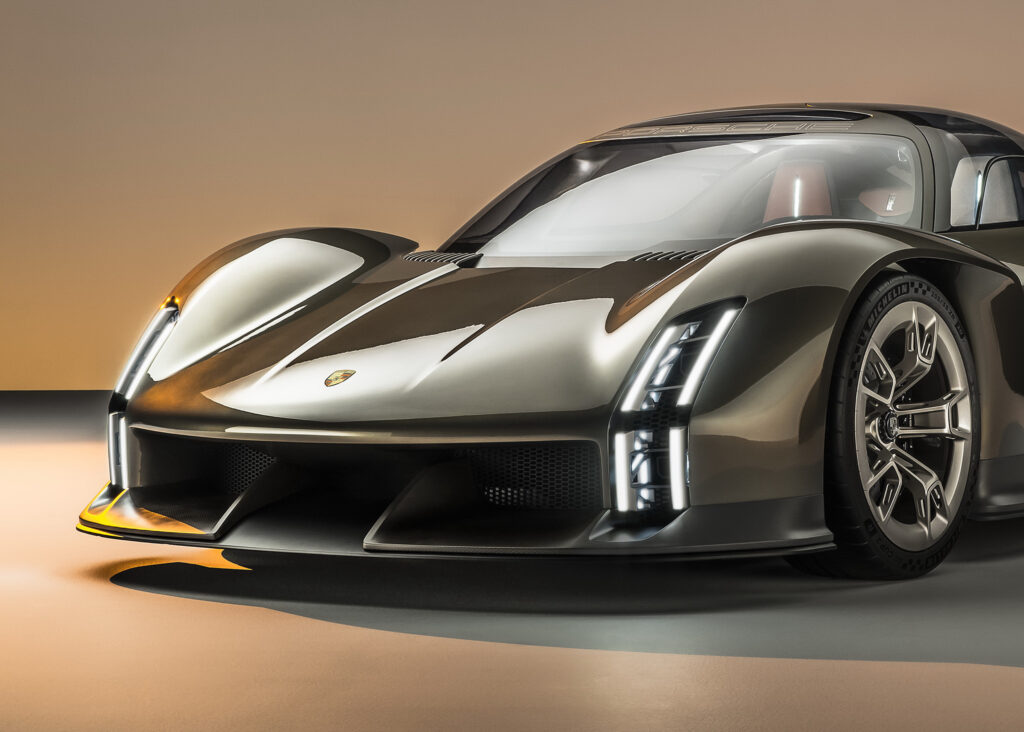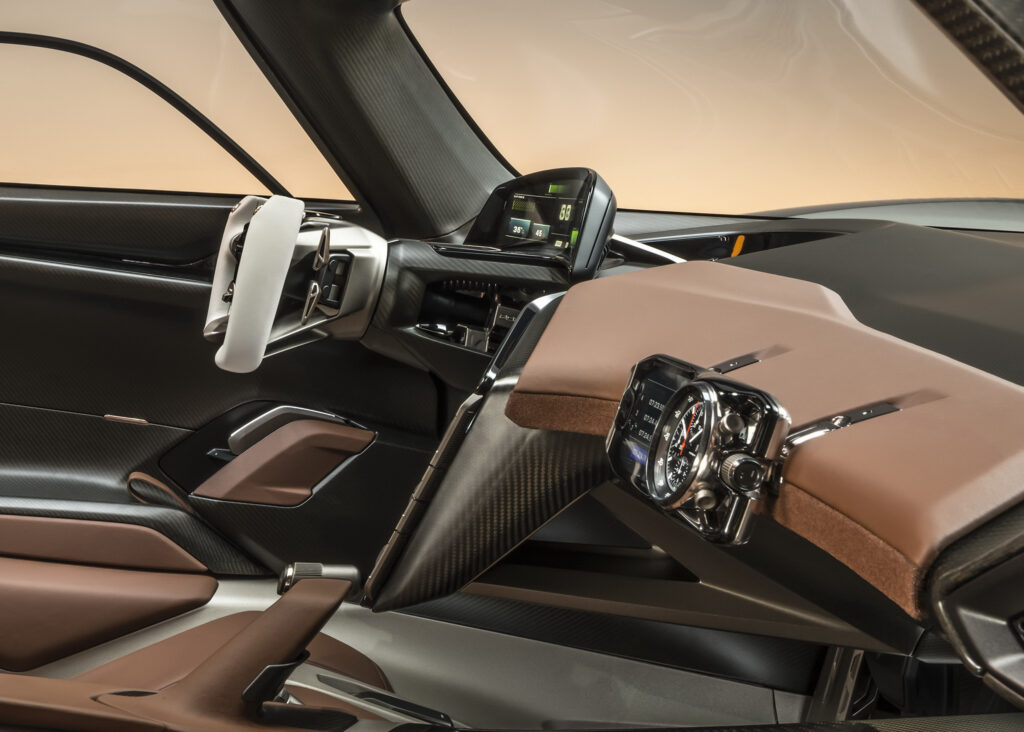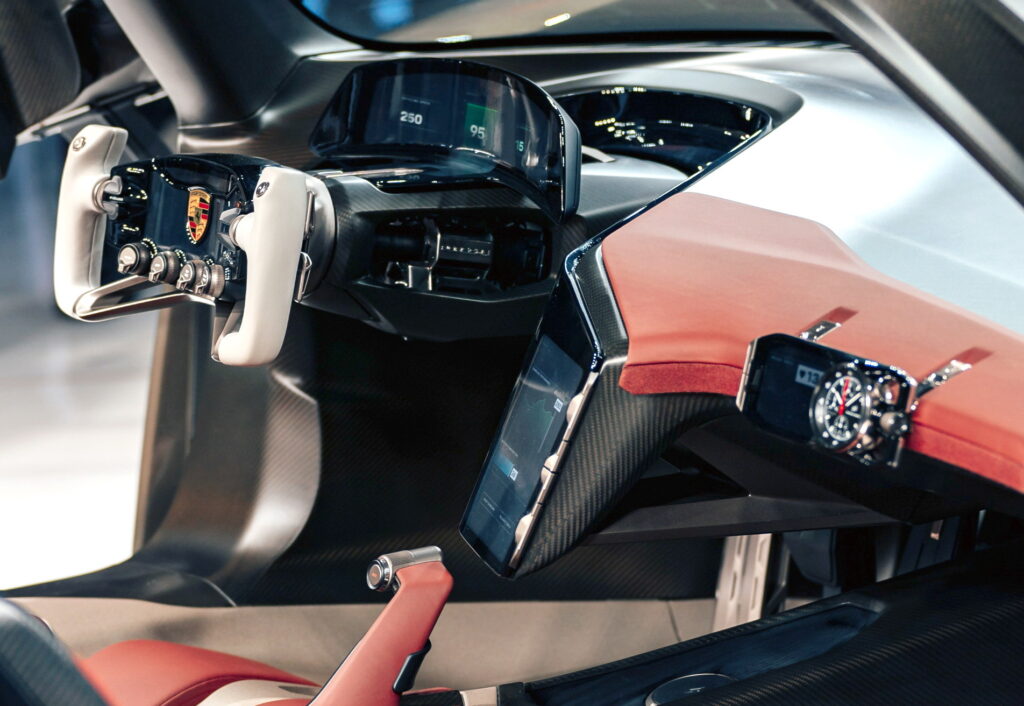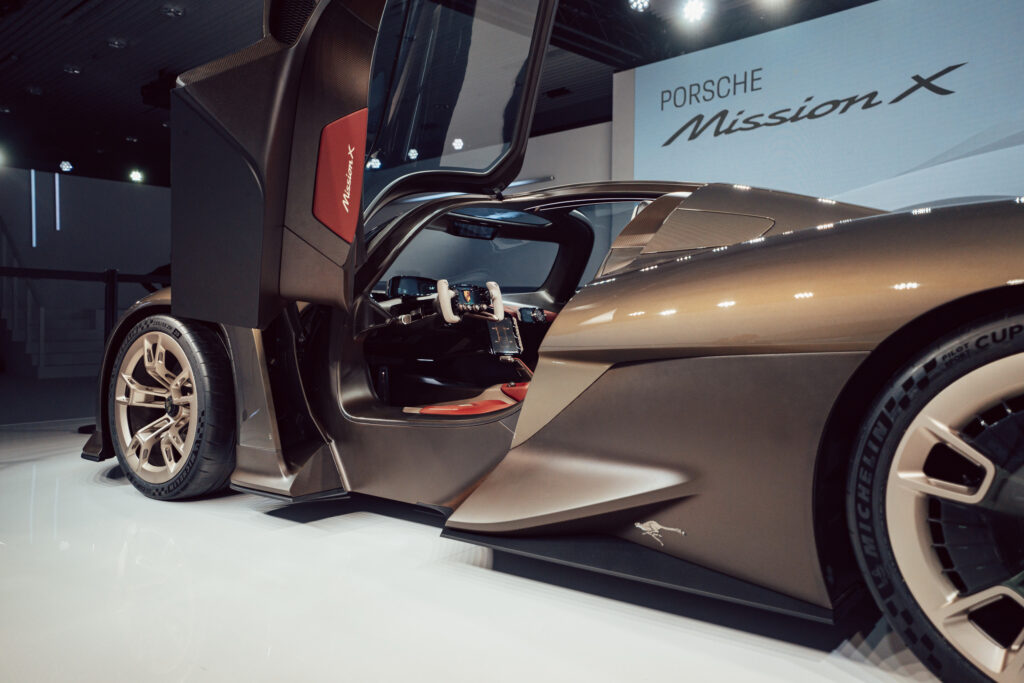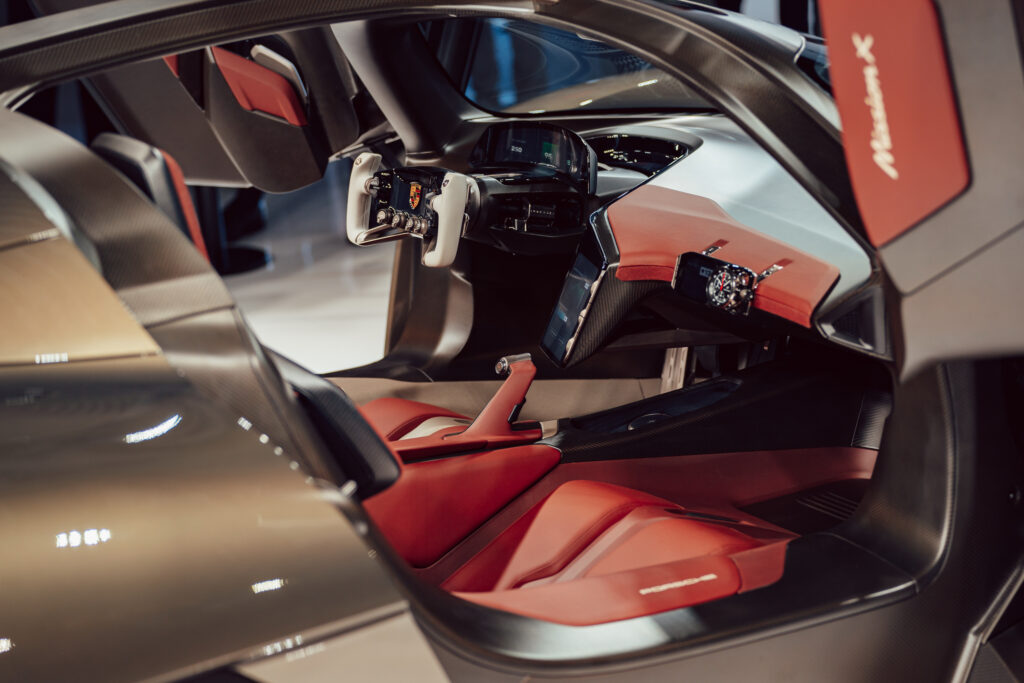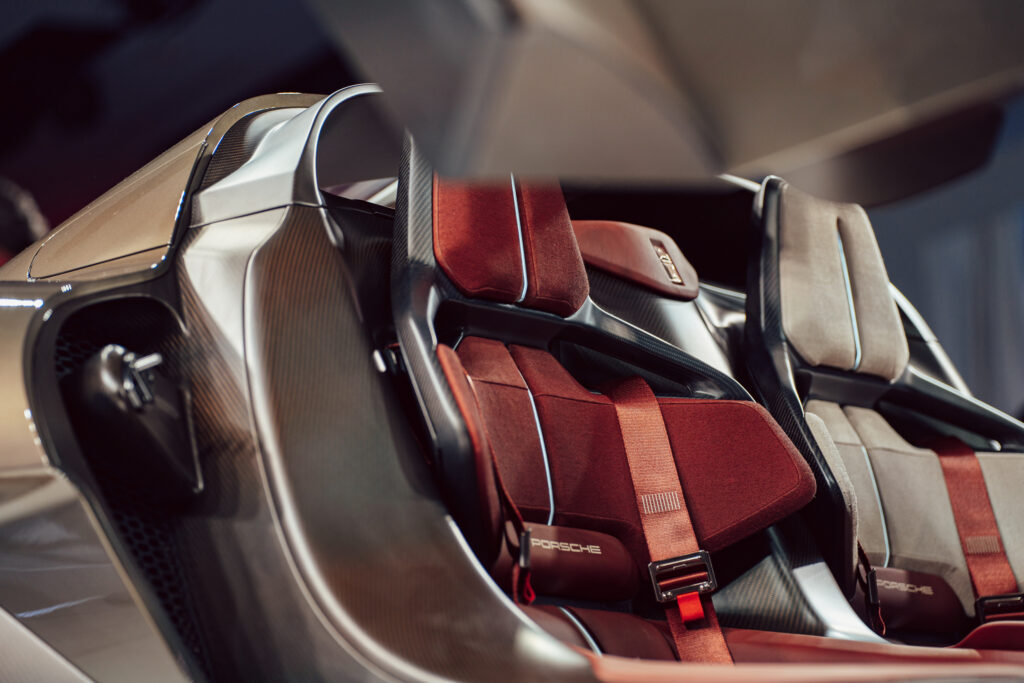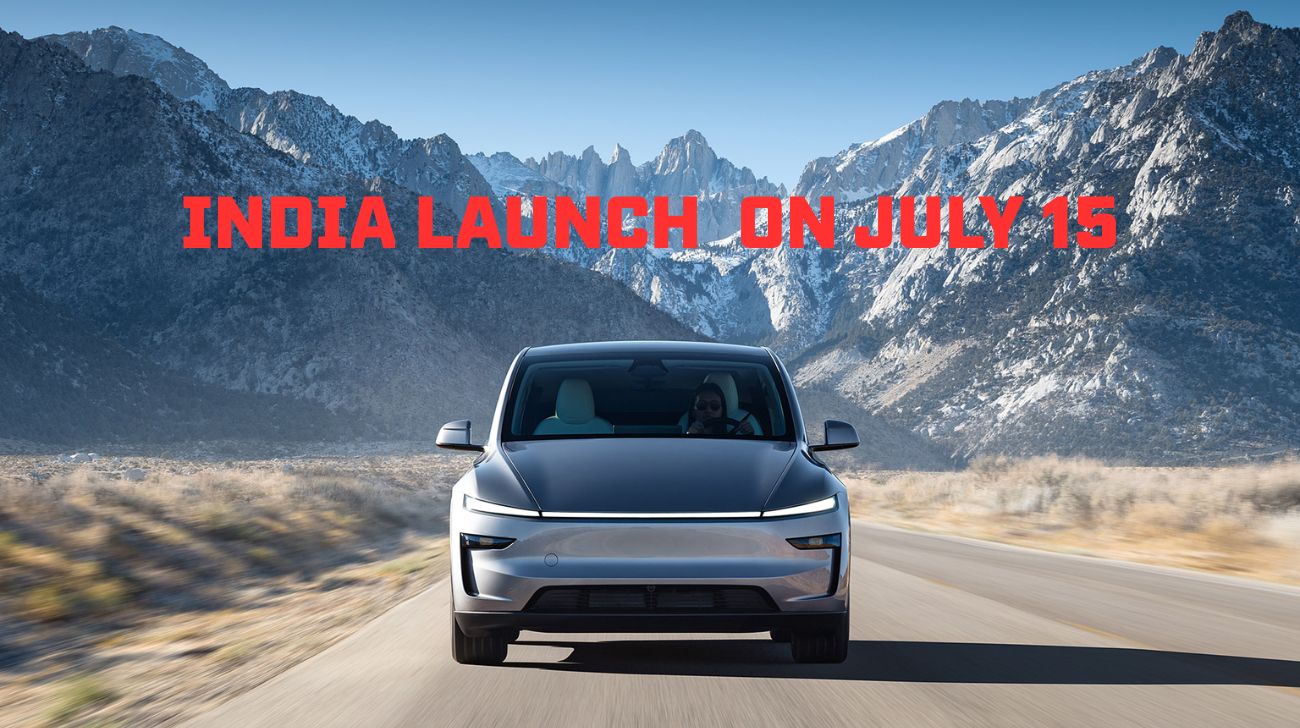The Porsche 918 Spyder hybrid, along with two other new hypercars, demonstrated a decade ago that electrification wasn't just for petrol guzzlers. Porsche has now unveiled a prospective successor that completely forgoes combustion power in order to achieve game-changing performance.
It is known as the Mission X, and as of right now, it is only a notion. Although the car appears to be showroom-ready in the photos, and even the phrasing in the company's statement clearly indicates a production version will make its way into a small number of billionaires' garages by the end of this decade, we know how these things go with Porsche.
Porsche needs a halo vehicle to keep up its reputation as a performance leader, and the Mission X's programme goals are quite obvious in their desire to dominate the competition, much like the 918 and Carrera GT did before it. Top among those goals is to outperform the Mercedes-AMG One's 6:35.183 record for the Nürburgring Nordschleife to become the quickest street-legal production vehicle.
The following two mission goals provide a suggestion as to how it will accomplish that goal. One goal is to produce significantly more downforce than the existing 911 GT3 RS, which Porsche claims can produce 1,895 lbs (860 kg) of downforce at 177 mph (285 km/h).
The Rimac Nevera and the related Pininfarina Battista, two of the current electric hypercar heroes, fall short of that ratio with each possessing about 1,900 horsepower (1,926 PS) to counteract their 4500+ lb (2,0241 kg) curb weights. Although we are unsure if the Mission X will be as powerful as those vehicles, we are certain that it will weigh far less. According to certain European media sites, it will have 1,500 horsepower (1,521 PS), which would result in an exceptionally light curb weight of 3,353 pounds (1,521 kg).
The Mission X is shorter, broader, and taller than the previous 918 Spyder, measuring 177 inches (4,596 mm) length, 78.7 inches (1,999 mm) wide, and 47.2 inches (1,199 mm) high. Although the 107.4 (2,728 mm) wheelbase is nearly comparable, the overall appearance and some of the design components are substantially different. The huge lightweight dome that covers the driver and passenger and the Le Mans-style doors with their forward-hinging, upward-hinging hinges are the most remarkable of these. You might recall that the 918 featured plain, dated sedan-style doors.
Inside, we discover many cameras to capture the action, carbon-shell bucket seats with different colors for the driver and passenger chairs to make it apparent who is in charge, and an optional timer module with both an analogue and digital display.
We don't know a lot about the powertrain configuration, such as how many motors it has, other than the power to weight ratio and the fact that the unidentified battery sits below the seats, exactly like it would in the forthcoming electric 718 Cayman. The 900-volt electrical design will enable it to charge twice as rapidly as a contemporary Porsche Taycan, which is currently one of the world's fastest-charging EVs, according to a curious tidbit of information that Porsche revealed.

